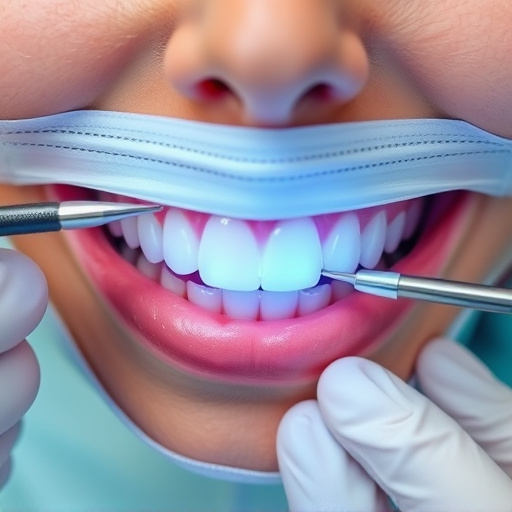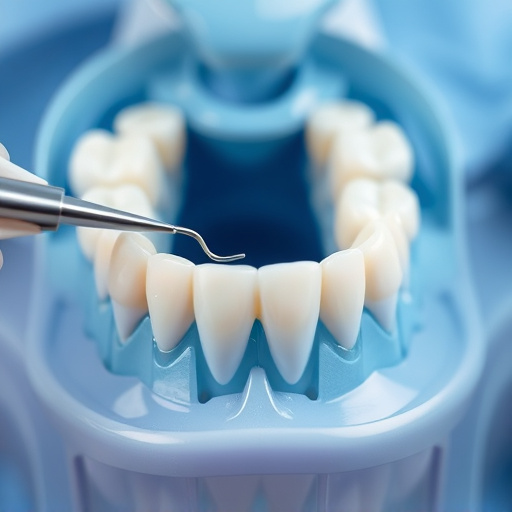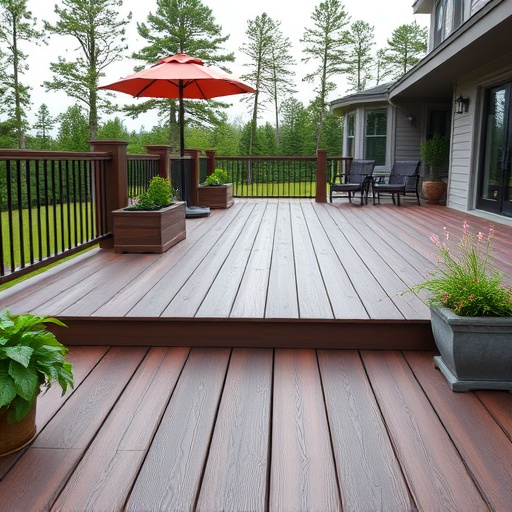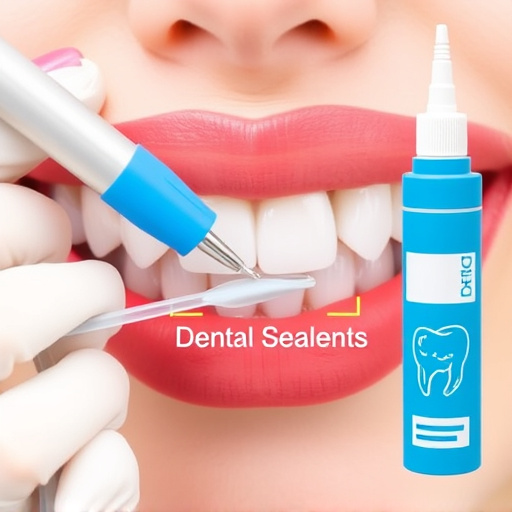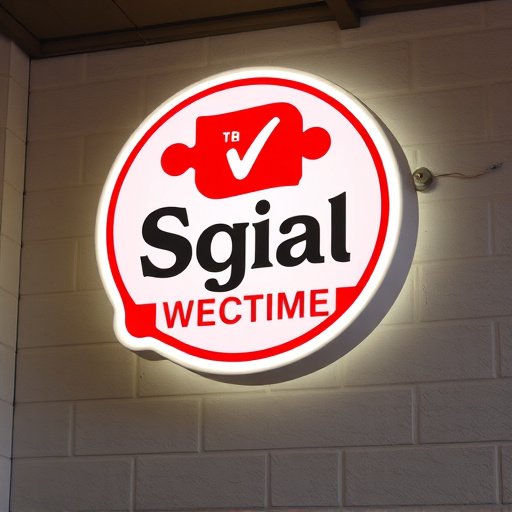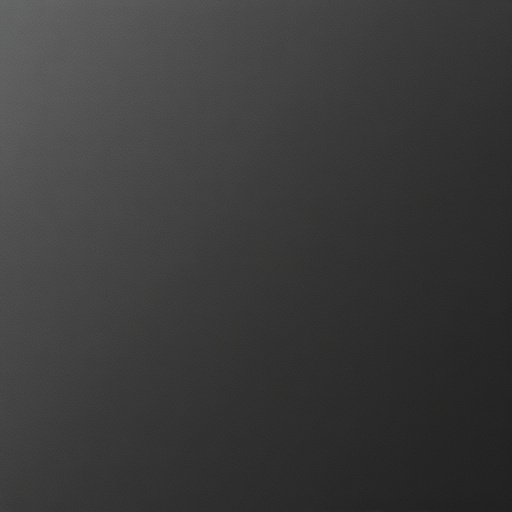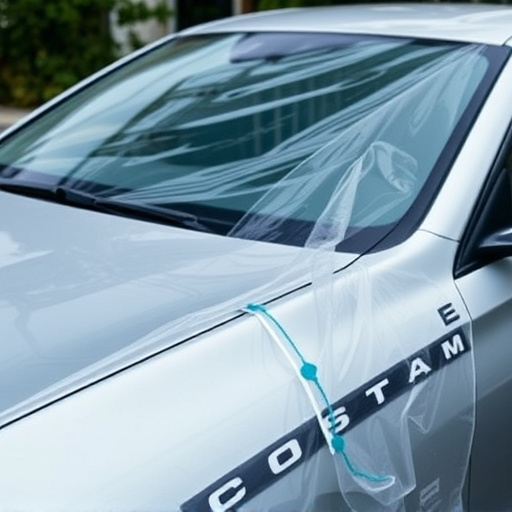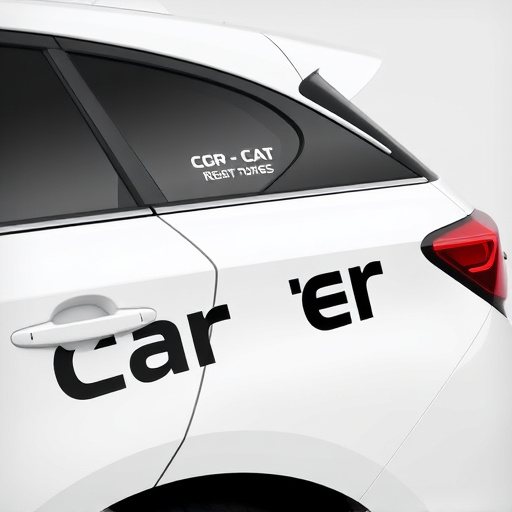Boat wrap installation offers versatile, impactful ways to transform a vessel's appearance and functionality with durable materials. Key benefits include heat rejection, UV ray defense, customizability, and easy maintenance. Installation involves cleaning, priming, positioning wrap material, and inspecting for gaps. Proper maintenance includes regular cleaning, rinsing, drying, and cautious removal to preserve structural integrity. Reapplication or marine enhancement products extend durability.
Boat wraps offer a transformative solution for marine owners, enhancing aesthetics and protecting their vessels. This article delves into the world of boat wrap installation, exploring both full and partial coverage options. We’ll guide you through the process, from selecting suitable materials to ensuring optimal results. Additionally, we provide essential tips for maintenance and removal, empowering you to make informed decisions for your boat’s wrapping needs. Discover how boat wrap installation can elevate your watercraft’s style and longevity.
- Understanding Boat Wrap Materials and Their Benefits
- Steps for Effective Full or Partial Wrap Installation
- Tips for Maintaining and Removing Boat Wraps
Understanding Boat Wrap Materials and Their Benefits
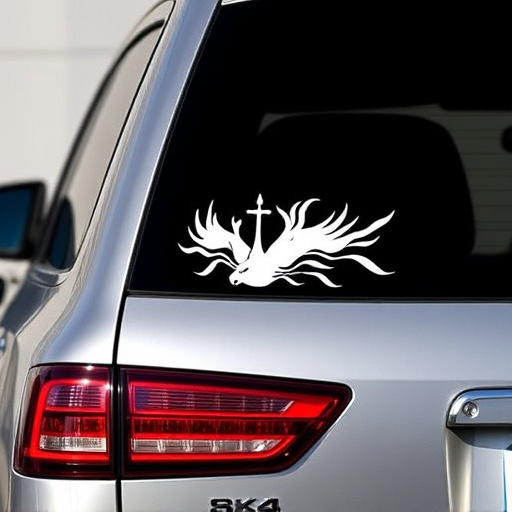
Boat wrap installation involves applying a thin layer of protective material to a boat’s surface, offering both aesthetic and functional advantages. These wraps come in various types, from durable vinyls to advanced composite materials, each with unique properties tailored for different needs. One of the key benefits is their ability to enhance vehicle enhancement, providing a customizable finish that can transform a boat’s look instantly.
Furthermore, boat wraps offer exceptional heat rejection capabilities, crucial for maintaining optimal temperatures on sunny days. This feature not only improves comfort but also helps protect the boat’s gel coat and interior from damaging UV rays. Similar to car customization, boat owners can choose from a spectrum of colors, patterns, and designs to reflect their personal style while ensuring the wrap material’s long-lasting durability and easy maintenance.
Steps for Effective Full or Partial Wrap Installation

The process of full or partial boat wrap installation involves several key steps to ensure a professional and effective finish. First, prepare the boat’s surface by thoroughly cleaning it to remove any dirt, grease, or existing debris. This step is crucial as it ensures proper adhesion of the wrap material. Next, apply a primer to the boat’s exterior, which creates a smooth base and enhances bond strength.
Once the primer dries, carefully unroll and position the chosen wrap material—whether full coverage or targeted areas—aligning it precisely with the boat’s contours. Use pressure-sensitive adhesives specifically designed for boat wraps, and smooth out any bubbles or wrinkles during installation. For partial wraps, focus on specific sections like the hull, deck, or sides, while leaving other areas untouched to maintain the original look of the vessel. After completing the installation, inspect the work for any gaps or misalignments, making touch-ups as needed with additional wrap material and a sharp knife for neat finishes. This meticulous approach guarantees a high-quality boat wrap installation that enhances both aesthetics and protection.
Tips for Maintaining and Removing Boat Wraps

Maintaining your boat wrap is essential for keeping it looking its best and ensuring its longevity. Regular washing with a mild detergent and soft cloth will help remove dirt and grime, preventing damage from abrasive materials. Avoid using harsh chemicals or scrubbers that could scratch the surface. After cleaning, rinse thoroughly to eliminate any residue, and always dry the wrap completely to prevent water spots.
Removing the boat wrap should be done carefully to avoid tearing or damaging the underlying gel coat. Start by peeling back one edge gently, using a tool like a credit card to loosen the wrap from the surface. Work slowly and methodically around the boat’s contours, taking care not to stretch or tear the material. Once removed, inspect the gel coat for any signs of damage and address them promptly. For optimal protection against UV rays and environmental elements, consider reapplying a fresh layer of wraps or utilizing specific vehicle enhancement products designed for marine applications, offering enhanced durability and additional UV protection.
Boat wraps offer a versatile solution for both aesthetic enhancement and protection. Whether choosing full or partial coverage, proper installation and ongoing maintenance are key to maximizing their benefits. By understanding the materials, following installation steps diligently, and implementing effective maintenance tips, you can ensure your boat wrap remains in top condition, enhancing its appearance and value for years to come. For successful boat wrap installation, these practices are indispensable.

